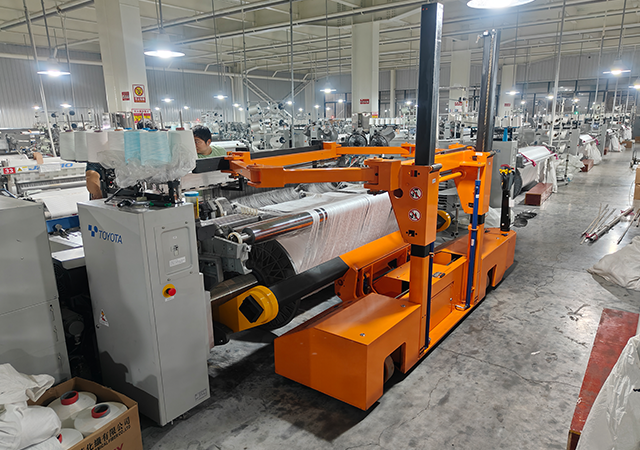As we approach the latter half of 2024, the global textile industry is navigating a landscape marked by both stability and volatility. The ongoing restructuring of supply chains is causing significant disruptions that are being felt across all sectors, including textile manufacturing. These changes are largely driven by geopolitical forces, fluctuating shipping costs, and the evolving nature of global trade relationships.
Key Challenges for Textile Manufacturers
Geopolitical Tensions and Trade Realignments
The current supply chain shifts are more influenced by geopolitical interests rather than purely economic reasons. The strategic maneuvers by the US-led West, China, and Russia have introduced complexities that are making it challenging for textile manufacturers to maintain consistent access to raw materials and production inputs.
This geopolitical reshuffling has led to uncertainty in sourcing key materials like cotton, dyes, and other textile inputs, which could impact production schedules and increase costs.
Shipping Volatility and Port Congestion
Shipping prices have seen a significant surge, especially due to the ongoing crisis in the Red Sea and the rerouting of shipping routes around the Cape of Good Hope. For textile manufacturers relying on timely shipments, these disruptions can lead to delays, increased freight costs, and an overall slowdown in production timelines.
Port congestion, particularly in Asia, is another challenge, further straining the supply chain by causing bottlenecks in the transportation of goods.
Commodity Price Disconnect
Despite weaker demand, commodity prices remain high, creating a puzzling scenario where the cost of raw materials does not align with market demand. For textile manufacturers, this can squeeze margins and necessitate careful pricing strategies to remain competitive.
Strategies to Mitigate Supply Chain Risks
Diversification of Supply Sources
One of the most effective strategies for textile manufacturers is to diversify their supply sources. By engaging with multiple suppliers across different regions, manufacturers can mitigate the risks associated with geopolitical tensions and shipping disruptions.
Investing in Technology and Automation
Embracing advanced technologies, such as automated machinery and smart manufacturing systems, can help textile manufacturers improve efficiency and reduce reliance on volatile supply chains. For example, products like SUNTECH's electric warp beam trolleys, which are fully motorized and designed for efficiency, can significantly reduce labor costs and enhance operational stability.

Strategic Partnerships with Emerging Markets
As emerging economies like India, Malaysia, and Vietnam benefit from global supply chain restructuring, textile manufacturers should explore partnerships in these regions. These markets offer unique advantages, including lower production costs and access to new consumer bases.
Building Resilient Supply Chains
Developing a more resilient supply chain involves not only diversifying suppliers but also investing in local sourcing options where possible. This approach can reduce dependency on international shipping and minimize exposure to global supply chain disruptions.
Adaptation to Market Realities
Textile manufacturers need to stay agile and adapt quickly to market changes. This could involve adjusting production schedules, renegotiating contracts with suppliers, or even exploring alternative materials that are more readily available.
Conclusion
The restructuring of global supply chains in 2024 presents both challenges and opportunities for textile manufacturers. By proactively addressing these challenges through diversification, technology adoption, and strategic partnerships, manufacturers can not only weather the storm but also position themselves for long-term success in an increasingly complex global market.




